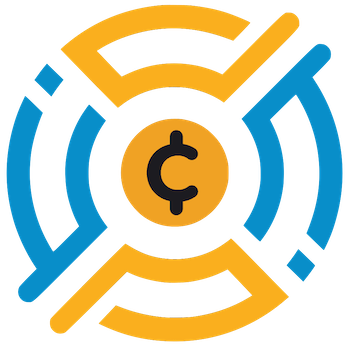In a remarkable event that has resonated across the cryptocurrency landscape, Cardano has set an extraordinary record with a staggering 99.5% voter participation in its latest governance vote. This seismic turnout reflects a vital shift not only for Cardano but also for the entire decentralized finance (DeFi) ecosystem. Nearly all the 4.657 billion ADA tokens were engaged in the voting process, showcasing the fervent commitment of users to have their voices heard and to actively influence the framework within which they operate.
The digital world often showcases participation rates, yet it is rare to see engagement levels this pronounced. With 76% of the votes favoring the proposed measures—totaling about 3.57 billion ADA—the community’s overwhelming support for these governance initiatives solidifies Cardano’s reputation as a trailblazer in decentralized governance. This model thrives on active involvement, challenging traditional financial governance structures. By breaking the barrier of apathy that often stifles technical advancement, Cardano is writing a new chapter in the annals of blockchain governance.
The Essence of Liquid Democracy
At the heart of this governance paradigm lies Cardano’s innovative adoption of a “liquid democracy” model. This structure means ADA holders can retain their decision-making authority while delegating their voting power to trusted representatives, known as Delegated Representatives (DReps). This flexibility empowers users by ensuring that they are not shackled to the decisions of others; they can alter who represents them or even withdraw their voting rights as they see fit. This element of freedom is crucial, as it entices participation rather than coercing it.
Interestingly, this model also preserves the integrity of governance by allowing token holders who abstain from voting to maintain their staking rewards—an essential consideration that would mitigate fears of losing out financially by not participating. The smart design within this governance layer encourages rather than penalizes engagement, making it an attractive option for those looking to be both involved and secure.
Implications of the Plomin Hard Fork
The significant turnout follows the pivotal Plomin hard fork, which updated numerous protocol features, thereby officially activating Cardano’s governance capabilities. With the introduction of features like treasury fund allocation and DRep responsibilities, users can now engage with governance proposals free from ambiguity regarding their returns. The successful implementation of these updates signifies that Cardano is no longer just a theoretical model of technology; it is an operational entity with real-world implications.
This transition should not just be a beneficial step for existing members of the community, but it also showcases to potential investors and adopters how Cardano is creating an inclusive ecosystem. For many skeptics who still cling to the notion that cryptocurrency lacks viable governance models, Cardano’s latest activity stands as irrefutable evidence that decentralized governance can be effective, responsible, and even profitable for its participants.
A Community-Driven Ecosystem
The resounding success of this vote is not merely an isolated incident; it serves as validation of Cardano’s broader mission to integrate community-driven decision-making into its operations. The historical significance of this moment cannot be overstated. Cardano’s model fosters an engaged community where decisions heavily reflect the collective will, creating a stark contrast to more centralized systems where voices are often drowned out by bureaucracy and partisanship.
However, this also raises essential questions about the future of governance in digital currencies. As communities become more engaged in determining the future of the networks they patronize, the accountability of decision-makers will come into sharper focus. The pressure to ensure that DReps serve the interests of their constituents will heighten, leading to a more dynamic and well-regulated digital economy.
With ADA currently trading at around $0.72—reflecting a healthy increase—this governance success story is only just beginning. Cardano may very well be charting a course for other blockchain networks, providing a template for how to engage users and empower them effectively. The principles of decentralization, transparency, and responsiveness within its governance framework exhibit a promise that could define not just the future of Cardano, but the evolution of cryptocurrencies themselves.
















Leave a Reply